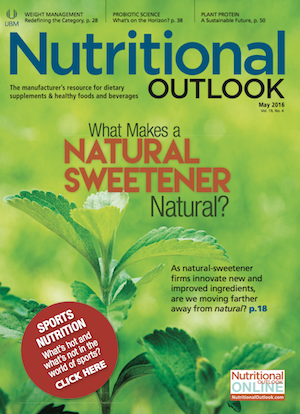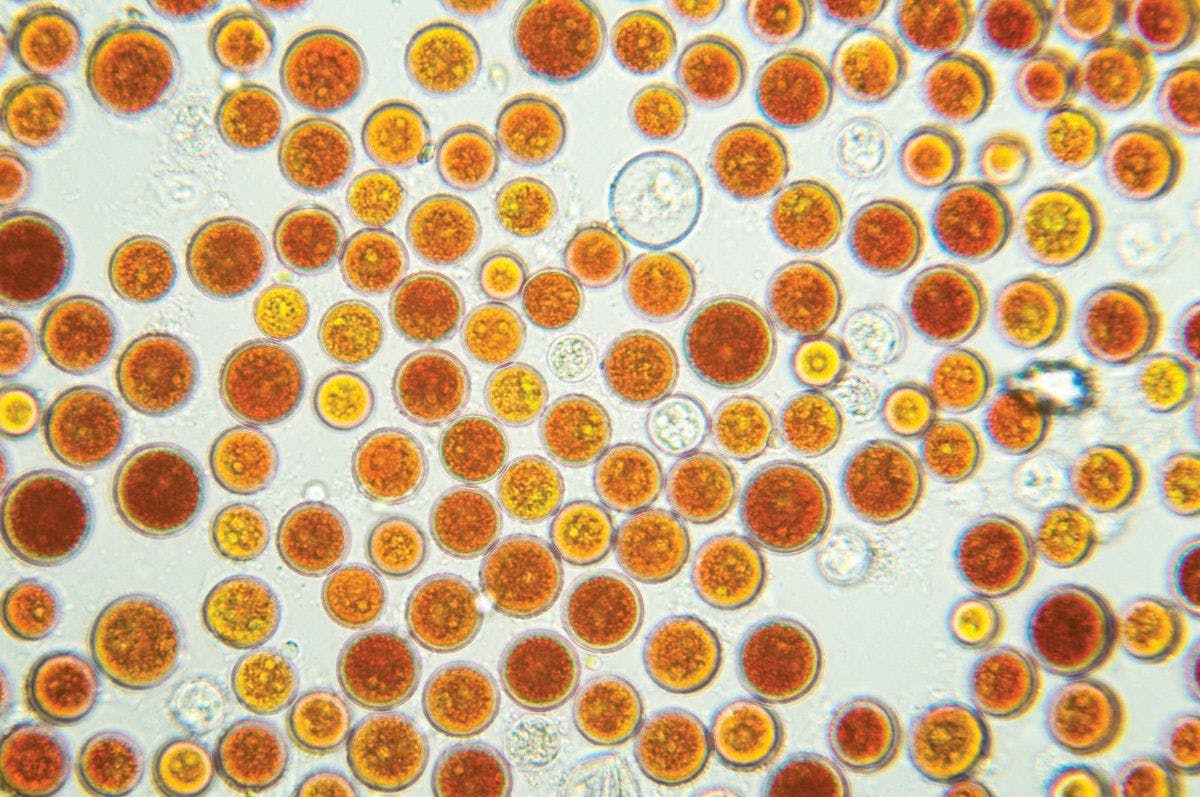Leading Brands Describe the New Sports Nutrition Customer
There is no longer a singular sports nutrition shopper. Here are some of the key audiences market leaders are courting today.
Photo © iStockphoto.com/kieferpix

Gone are the days when hardcore athletes dominated the market for sports foods, beverages, and dietary supplements. Although there is still plenty of innovation today aimed at the most dedicated sports consumers, sports brands are broadening their reach by targeting mainstream consumer bases and, for instance, turning to ingredients besides protein.
Nutritional Outlook interviewed several industry experts to get their take on the different consumer bases and ingredients that are driving the sports market. Here’s what they had to say about reaching female consumers, tapping into demand for plant-based ingredients, and more.
What are some surprising areas of growth you’re seeing?
Tim Mantel, executive vice president and chief merchandising officer, GNC: “There is a clear shift towards healthier/cleaner options. That includes vegan, plant-based, and natural sports offerings. We are also seeing growing acceptance of items previously deemed as niche or hardcore-channel, such as pre-workouts, [testosterone] boosters, creatine, thermogenics, etc., into more mainstream and mass channels. At the same time, brands founded in edgier sports innovations are expanding into softer, more approachable sub-brands to capitalize on the broadening mainstream appeal. Established sports nutrition brands are adding wellness options such as fish oils, joint health, [and] probiotics into their assortments. And of course there are more specific sports offerings for women.”
Tricia Griffin, senior marketing manager of technical content, CytoSport: “The growth of sports nutrition products has always been steady, and now we, the Muscle Milk brand, are seeing success with a cleaner label...and organic and vegan products crossing over into this space.”
Besides protein, what ingredients do you notice appearing in sports products?
Paige Snyder, regional educator, Vega: “I know that a lot of other companies might be starting to add a probiotic or something for anti-inflammation or hormone balancing. It’s something that we’ve been doing in a lot of our products for years. If you look at our Recovery Accelerator, we’ve always thrown in astragalus, zinc, and maca, but now other people are starting to catch on and realize there’s so many other components to recovery than just protein synthesis.”
CytoSport’s Griffin: “The sports supplements with other ingredients than protein typically live in the specialty market world where individuals are seeking solutions beyond the basics. The ingredients with years of evidence-based research to support a specific benefit are creatine, beta-alanine, amino acids, leucine, branched-chain amino acids, and caffeine. Other newcomers show promise, but there is always the question of if there is enough of an active ingredient to actually work.”
Have you seen a shift in overall consumer preference or market segmentation between hardcore and casual consumers?
Trevor Ellestad, PR specialist, Vega: “You’re definitely seeing more of a trend toward the mass consumer approaching plant-based protein. You’re definitely seeing more plant-based proteins in mass retailers like Target, Costco, or Walmart.”
CytoSport’s Griffin: “There is certainly some fragmentation, and those that are more hardcore are typically looking for supplements with added benefits. It appears that more casual consumers are looking for a convenient source of high-quality protein for health, satiety, and weight management purposes. We offer a range of products to help appeal to the active lifestylist, with a strategic focus now on the active female.”
GNC’s Mantel: “There is increasing acceptance of sports nutrition products by more mainstream users...A key part of that trend is a shift towards healthier/cleaner options, which is widening gaps between the ‘softer,’ cleaner, and healthier end of the spectrum and the intense, edgy aspects...The decreasing emphasis on bodybuilding and muscles with increasing messaging regarding fitness, health, and performance has changed the image of the prototype sports consumer.”
Also read:
Staying Ahead of the Game: Sports Nutrition Market Trends for Dietary Supplements, Food, and Drinks
The ABCs of Formulating with Plant Proteins
Consumers Prefer Blends of Soy and Dairy in High-Protein Beverages, Study Suggests

Prinova acquires Aplinova to further increase its footprint in Latin America
April 7th 2025Prinova has recently announced the acquisition of Brazilian ingredients distributor Aplinova, which is a provider of specialty ingredients for a range of market segments that include food, beverage, supplements, and personal care.























